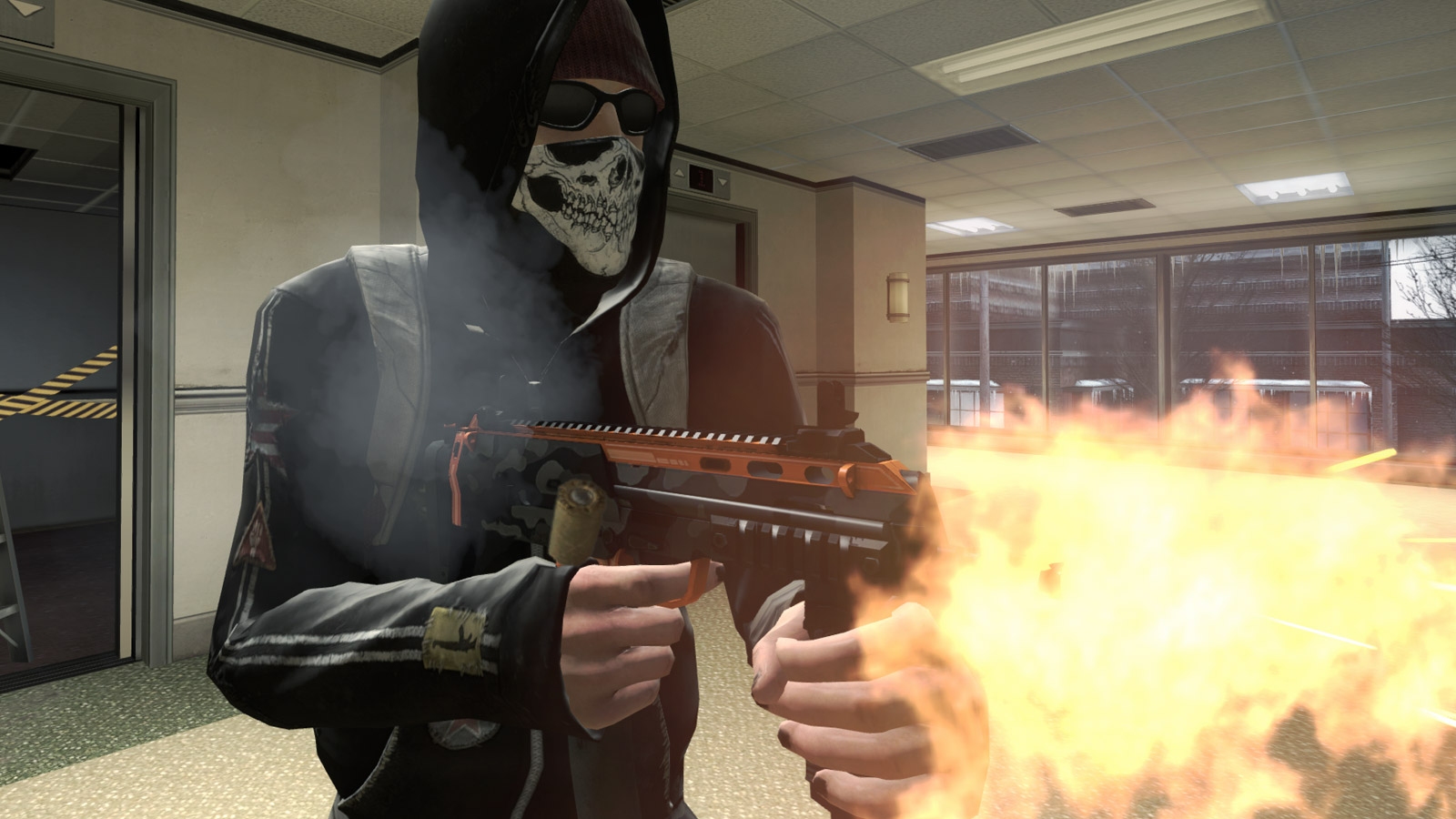
Article by Tomi "lurppis" Kovanen
The North American CS:GO scene was introduced to a massive scandal just days before MLG Aspen last month, as Valve banned four of the players from the former iBUYPOWER team—widely considered the best North American team for a while now—from competitive Counter-Strike, effectively ending their careers.
The only player to survive the hammer was Skadoodle, who had—smartly—refused to accept any of the skins or money gained from the match-fixing that took place in August, shortly after iBUYPOWER’s disappointing ESL One Cologne showing, against Netcodeguides in CEVO.
But there were a number of casualties. Gone are arguably the best American CS:GO mind DaZeD, controversial figure Steel, solid rifler and AWPer French-Canadian AZK, as well as the very best North American player who had yet to even hit his prime, the eighteen-year-old Swag. For those interested in a more in-depth look at Swag’s involvement and the case for him, take a look at Richard Lewis’s article titled “Swag tells all” on Daily Dot.
Aftermath
The bans leave the North American scene in shambles, removes arguably its best CS:GO mind and best individual player from competition indefinitely, and also leaves the careers of Hiko—who had been cut from Cloud9 in December after wanting changes himself—and Skadoodle, hanging in the balance. There is not enough talent—right now—in North America to field another top tier team.
Good news for those still around is the rapidly growing involvement of top tier North American gaming organizations in CS:GO. Recently we have seen Counter Logic Gaming and Liquid step into the Counter-Strike scene, with Evil Geniuses still rumored to be looking for a team of their own.
Naturally some of them will also venture abroad—we saw Envy pick up LDLC, as opposed to a team from North America, and Team SoloMid adopt Danish squad Dignitas. Still, it’s not impossible that some of them may in the future either pick up a second team—which used to be standard protocol years ago—or at least encourage other organizations to get into CS:GO as well.
Keep up to date with the most important stories and the best deals, as picked by the PC Gamer team.
A huge factor is also the players who do get picked for new teams. Call me crazy, but sometimes it is better to risk it on an unproven player—a strategy which proved successful with Shroud and Desi as of late—than recruit the same old players who have been around for a decade and likely won’t be improving much anymore in the twilight years of their careers.
Speaking of old, Cloud9 continue to be a major disappointment to fans. Yes, they are now by far the best North American team, but the title was not gained through great wins on the server, but rather earned by default after the former iBUYPOWER members were banned by Valve.
n0thing’s team finished 2014 with three group stage exits in Europe, and a terrible 5-6th place at ESEA Finals, and so far 2015 hasn’t been much better for the fan favorite housing shroud, and new Denial recruit ShahZaM, who joined to replace Hiko. At MLG C9 crashed out in groups—again—despite a win over NiP. At ClutchCon they made the final—by beating zero non-NA teams—and then were thrashed by Fnatic.
In 2015 you do not have to be one of the very best teams to remain sponsored and well paid in Counter-Strike. The game is so popular that it can be worth it for organizations to continue paying teams who are just good enough to go to all these events, especially if that comes with the title of being your own country’s best. That’s the case for Cloud9. In the more sponsor wise-competitive days of CS, they would be in trouble.
In the near future North America will have to start developing more players, and while these organizations stepping in will be of huge help, even more important is to get more big tournaments hosted in North America. MLG and ClutchCon showed the kind of short-term gains they can lead to, but the Americas need more consistency.
So far in CS:GO history the only top tier event they have ever had are the ESEA Finals, which take place roughly three times a year in Dallas. Four teams qualify, and most of the time the Americans struggle against top Europeans. Early 2014 saw iBUYPOWER win twice—and then complexity surprise everyone—but overall, it’s a struggle.
Now with the money rolling in across the pond as well, what will determine how competitive the North Americans will be against Europe later on in 2015, and in the coming years, is how well those players use it. With great power comes great responsibility, and it is something North America has always struggled with.
Let’s see whether this time really will be different, or if North America will forever remain a one- or two-team continent in terms of Counter-Strike royalty.
PC Gamer is the global authority on PC games—starting in 1993 with the magazine, and then in 2010 with this website you're currently reading. We have writers across the US, Canada, UK and Australia, who you can read about here.


